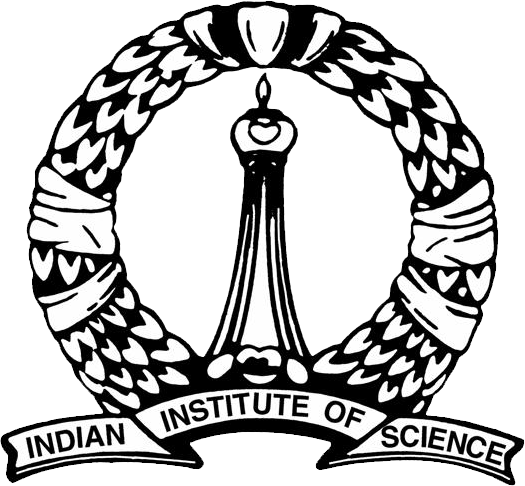LULC changes in selected protected areas of Central Western Ghats and their buffer region (10km) has been analyzed with the help of temporal remote sensing data (RS), ancillary data (collateral data compiled from government agencies) and field investigations (Figure 2). Multi resolution RS data has been acquired through the sensors of U.S. Geological Survey Earth Observation Satellites (EOS), Indian remote sensing system (IRS) at temporal scale. Figure 2 outlines the method followed in the analysis. The RS data used in the study are Landsat MSS (1973), TM (1992), IRS p6L4X (2016) and online Google Earth data (http://earth.google.com) (Table 1). The ancillary data is used to assist the interpretation of different land use types from remote sensing data. Topographic maps provided ground control points to rectify remotely sensed data and scanned paper maps (topographic maps). Survey of India (SOI) topo sheets (1:50000 and 1:250000 scales) and vegetation map of South India developed by French Institute (1986) of scale 1:250000 was digitized to identify various forest cover types and for temporal analyses to find out the changes in vegetation. Pre-calibrated GPS (Global Positioning System - Garmin GPS unit) for field measurements. Ground control points are used to geometrically correct remote sensing data and verify the classified land use information. Land cover analysis has been carried out using NDVI (Normalized Difference Vegetation Index), given in equation 1. NDVI also known as a greenness index, value ranges between -1 to +1. NDVI is sensitive to the presence, density and condition of vegetation and is correlated with absorbed photo synthetically active radiation (PAR) and vegetation primary production. Based on grey scale corresponds to a pixel digital number dense green vegetation and non-vegetation features were separated.

Land use analyses involved (i) generation of False Color Composite (FCC) of remote sensing data (bands–green, red and NIR). This composite image helps in locating heterogeneous patches in the landscape, (ii) selection of training polygons by covering 15% of the study area (polygons are uniformly distributed over the entire study area) (iii) loading these training polygons co-ordinates into pre-calibrated GPS, (vi) collection of the corresponding attribute data (land use types) for these polygons from the field. GPS helped in locating respective training polygons in the field, (iv) supplementing this information with Google Earth and (v) 60% of the training data has been used for classification, while the balance is used for accuracy assessment. The land use analysis was done using supervised classification technique based on Gaussian maximum likelihood (GML) algorithm with training data (collected from field using GPS). GRASS GIS (Geographical Resources Analysis Support System, http://ces.iisc.ac.in/grass), a free and open source software with the robust support for processing both vector and raster data. The land use analysis has provided spatial pattern and Markovian process is used to generate transition probability map and area matrix, obtained based on probability distribution of the current cell state that is assumed to only depend on current state (Equations 1 & 2). The original transition probability matrix (denoted by P) of land use type should be obtained from two former land use maps. CA was used to obtain a spatial context and distribution map based on Markov transitional probability and area by combining multi criteria land allocation to predict land cover change over time. The diamond filter of a kernel size of 5×5 pixels was used to create spatially explicit contiguous weighing factors to measure neighborhood effect or influence. The CA coupled with Markov chain land use predictions of 2016 was made by using the transitional probability area matrix generated for 1973-1992. The validity of the predictions was made with the reference land use maps of 2016 (actual) by evaluating accuracy through the calculation of Kappa index for location and quantity. Based on these validations then visualization was made for 2025 by considering intermediate iterations of 3-year time period.
The CA model can be expressed as,

where, S is the set of discrete cellular states, N is the Cellular field, t and t + 1 indicate the different times, and F is the transformation function of cellular states in local space.
The Markov model is based on the process of the formation of Markov random process systems for the prediction and optimal control theory method. Based on the Bayes conditional probability formula, the prediction of land use changes is calculated by the following equation:

where, P(N) is state probability of any times, and P(N−1) is preliminary state probability.
Transition area matrix can be obtained by,

where, Pij is the sum of areas from the ith land use category to the jth category during the years from start point to target simulation periods; and n is the number of land use types. The transition area matrix must meet the following conditions

Satellite |
Year |
Resolution |
Spatial |
Spectral |
Radiometric |
Temporal |
Landsat-1 |
1973 |
60m |
RBV (3), MSS (4) |
18 days |
6-bits |
Landsat-5 |
1992 |
30m |
MSS (4), TM (7) |
16 days |
8-bits |
IRS |
2016 |
5m |
LISS IV (3) |
5 days |
10-bits |
Table 1: Data analyzed in the analysis.

Figure 2: Method followed for LULC analysis.





